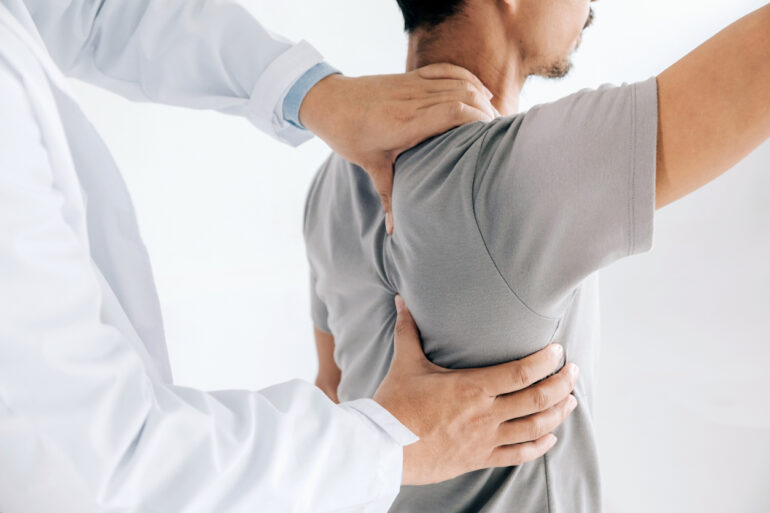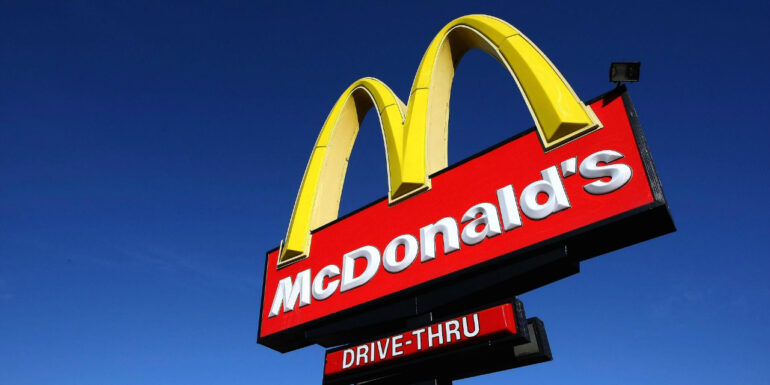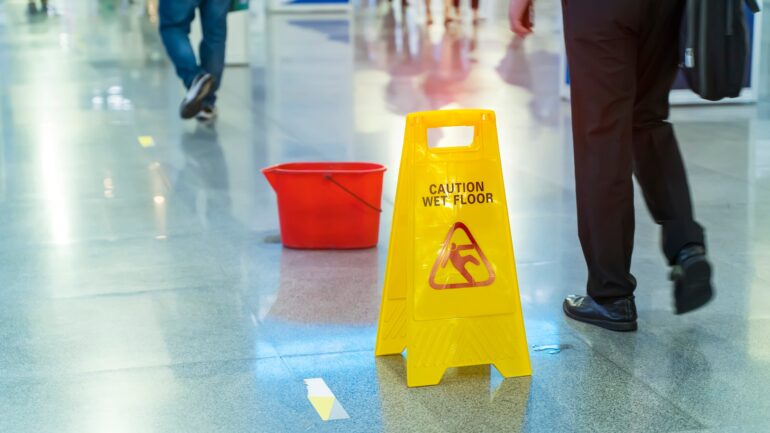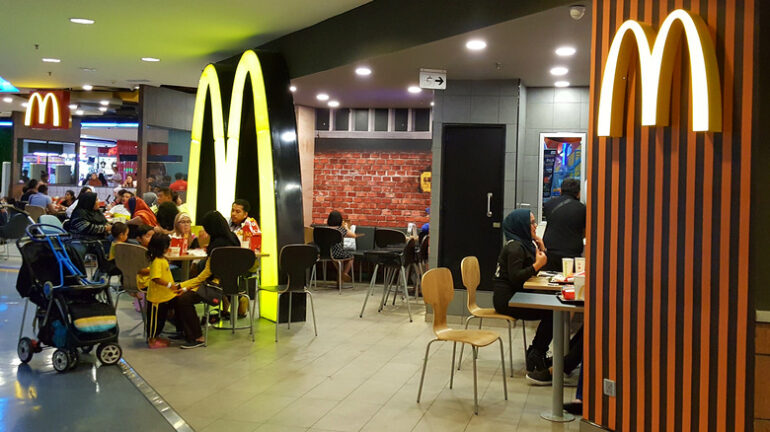McDonald’s, the iconic global fast-food chain, serves millions of customers daily. While it’s a popular spot for a quick meal, safety at such busy establishments is paramount. In this article, we delve into the latest insights on injuries occurring at fast foods, aiming to shed light on how both customers and employees can stay safe.
The Reality of Injuries at Fast-Food Chains
Fast-food chains, with their high customer turnover and quick service, are prone to various safety hazards. Statistically, the fast-food industry sees a significant number of accidents each year, ranging from minor to severe. From slip and fall accidents to burns from hot beverages, the potential for injury is an ongoing concern.
Types of Injuries Reported

Slip and Fall Accidents
Slip and fall incidents are among the most common accidents in fast-food restaurants. Wet floors, food debris, and improper maintenance can all contribute to these accidents. It’s crucial for establishments to adhere to strict cleaning and maintenance protocols to prevent such incidents.
Burns from Hot Beverages and Food
Restaurant that serves hot beverages and food, has seen its share of burn incidents. These injuries can occur from spills, improper handling, or faulty packaging. Ensuring that hot items are securely sealed and handled with care is essential in mitigating these risks.
Cuts and Lacerations from Kitchen Equipment
The fast-paced kitchen environment can sometimes lead to cuts and lacerations from kitchen equipment. Proper training and safety equipment are vital in minimizing these types of injuries.
Drive-thru Accidents

Drive-thru lanes are convenient but can also be a hotspot for accidents. From vehicle collisions to interactions between cars and pedestrians, the drive-thru comes with its own set of safety challenges.
Food Poisoning
While not a physical injury, food poisoning is a significant health risk associated with any food service establishment. Adhering to food safety standards is critical in preventing such incidents.
Analyzing the Causes of Injuries
Several factors contribute to accidents and injuries. Environmental factors, such as slippery floors or poorly lit areas, can significantly increase the risk of accidents. Human error and negligence, whether from employees not following protocols or customers not paying attention, play a considerable role. Additionally, equipment malfunction and maintenance issues can lead to unexpected injuries. Overcrowding and customer behavior also contribute to the safety challenges.
Safety Protocols and Measures

McDonald’s has implemented various safety protocols and measures to protect both customers and employees. These include comprehensive training programs for employees on safety and hygiene, the adoption of technological advancements for injury prevention, and initiatives aimed at raising customer safety awareness.
For more detailed insights into handling a McDonald’s injury, it’s crucial to understand the legal aspects and the steps one should take following an accident.
Legal Perspective: Rights and Recourses for Injury Victims
When injuries occur at fast-food restaurants, it’s essential to know your rights and the steps you can take towards seeking compensation. In many cases, the establishment may be liable, especially if the injury resulted from negligence, such as a wet floor without a warning sign or malfunctioning equipment.
Victims have the right to pursue claims for medical expenses, lost wages, and pain and suffering. Initiating a claim can be complex, and understanding the nuances of liability and negligence is crucial. For those navigating the aftermath of an injury, consulting with a reputable law firm, such as Adley Law Firm, can provide guidance and support through the legal process.
Preventive Measures for Customers and Employees

For Customers
- Stay Alert: Always be aware of your surroundings, especially in crowded or wet areas.
- Follow Signage: Adhere to any safety signs or directions provided by the restaurant.
- Handle Hot Items Carefully: When ordering hot food or beverages, ensure you’re equipped to handle them safely to avoid spills and burns.
For Employees
- Adhere to Training: Always follow the safety training especially when operating kitchen equipment or cleaning.
- Wear Appropriate Gear: Use any protective equipment provided, such as non-slip shoes or gloves, to reduce the risk of injury.
- Report Hazards: If you notice any potential safety hazards, report them to management immediately to prevent accidents.
For Management
- Regular Training: Ensure all staff are up-to-date with the latest safety protocols and emergency procedures.
- Maintain Equipment: Regularly inspect and maintain all kitchen equipment and facilities to prevent malfunctions and injuries.
- Customer Safety: Implement measures to keep customers safe, such as clear signage for wet floors and ensuring the dining area is free of hazards.
The Future of Safety
Restaurants continue to invest in safety technologies and initiatives aimed at reducing the risk of injuries and accidents. From improving kitchen equipment design to enhancing training programs, the company is committed to creating a safer environment for both customers and employees. Customer feedback also plays a crucial role in identifying areas for improvement and enhancing safety measures.
Conclusion
Safety at fast-food restaurants is a shared responsibility that requires the commitment of both the establishment and its patrons. By understanding the types of injuries that can occur and taking proactive steps to prevent them, we can all contribute to a safer dining experience. Remember, if you or someone you know is injured, it’s important to take immediate action and seek professional legal advice to understand your rights and options for compensation.
FAQs
What are the most common injuries at fast food?
The most common injuries include slip and fall accidents, burns from hot beverages and food, cuts and lacerations from kitchen equipment, drive-thru accidents, and food poisoning.
Can I claim compensation if I’m injured at fast food restaurants?
Yes, if the injury was due to the negligence of the restaurant or its employees, you might be entitled to compensation. It’s advisable to consult with a personal injury lawyer to discuss your case.
